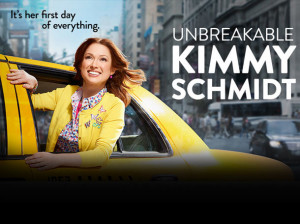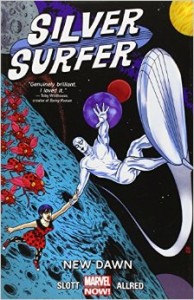Things have been pretty scary the past few weeks, even within the hard year that 2017 has been. We had a family health scare just a little while ago (all better now), plus the ongoing garbage fire that is US politics.
So I wanted to spend a bit of time focusing on things that have been bringing joy and light into my life, in case these things could do the same for you. At the bottom, I list some resources I’ve been using to stay up to date on politics with a minimum of hassle/frustration.
Sources of Joy
One of the things I do to relax is listening to podcasts. I started listening to podcasts over ten years ago when I was out in Oregon doing my M.A. in Folklore. Back then, the only show I listened to was Mur Lafferty’s I Should Be Writing. These days, I’m a part of two podcasts and subscribe to many more. The two below have been particularly helpful for me this summer:
Friends at the Table – A marvelous actual-play tabletop role-playing game podcast with great players, engrossing worlds, and amazing music by composer Jack de Quidt (who is also one of the players). The current season Twilight Mirage is especially engrossing, telling the tale of a far-future utopia in crisis.
Waypoint Radio – The home podcast of video game website Waypoint. They focus less on giving games scores and more on story structure, design, and the political dimensions of games. They sometimes also talk politics (esp. labor and health policy) and are clear and open in their progressive leanings.
When I’m not listening to podcasts, I am often chilling out with my wife watching TV or watching something in the background while I work on this or that. Here are some shows and video series that have brought me joy the past few months:
DuckTales – The original show was one of my favorite cartoons as a kid, and the 2017 remake on DisneyXD is very amusing so far. I am a total sucker for anything that plays in the ‘modern multi-genre pulp’ mode where mummies and vampire and Atlantis and so on are all real.
Breakfast & Battlegrounds – This is a video series on Waypoint comprised of recordings of the game Player Unknown’s Battlegrounds. Breakfast & Battlegrounds is complete with a (funny, loose) continuity, special music (boat jazz!) and fun special guests. Austin & Patrick from Waypoint play as father & son team Crowbar & Sickle, in search of the elusive Chicken Dinner of victory. The most fun I’ve had watching a video game in some time.
Killjoys – A fun, sexy, space-based action-adventure series which starts with great episodic stories and builds to a cool metaplot. The showrunner is the same as the urban fantasy series Lost Girl. Killjoys is about a pair of space-age bounty hunters called Killjoys who travel The Quad (four planet/moons bound together by a corporate-owned government).
And of course, since I’m a gamer, here’s a recent game I loved playing:
Pyre – The new game from Supergiant Games, who created Bastion and Transistor. It’s a cool fantasy combination of a visual novel/choose your own adventure and a magical sports game. The biggest draw for me in this game is the cool characters and their evolving relationships with one another. Also, you can complete a play-through in about 10-12 hours.
Podcasts
Pod Save America – Ex-Obama staffers break down the news and snark along the way. Unabashedly Democrat-leaning & progressive, a bit bro-y, though not gross.
Pod Save The People – Activist Deray Mckesson provides a grassroots view on politics, with a strong focus on the impact to and organizing by communities of color.
Website
What The Fuck Just Happened Today? – Trump-focused digest of American political news.


